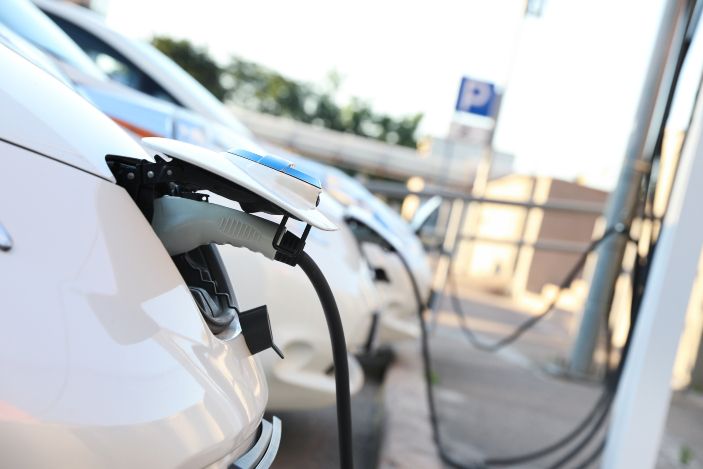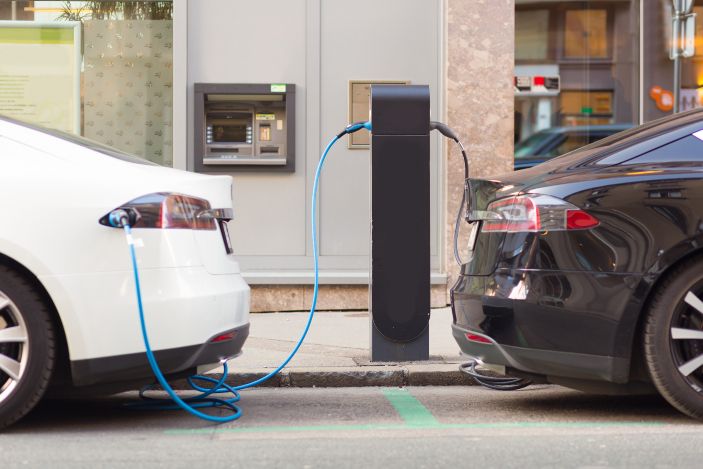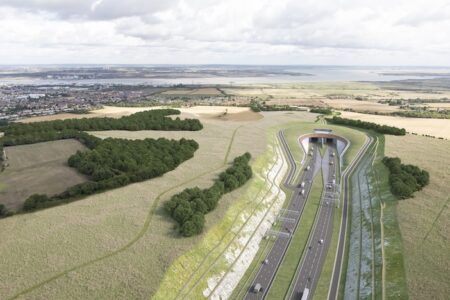A new report by Flowbird has found that improving parking payments and pricing, designing charging around use of parking space, and planning ahead of energy demand, are all required if local authorities want to make a successful transition to electric vehicle (EV) uptake.
The Combining Parking and EV Charging to Support All Drivers report explores how to create a smooth user journey for EV drivers, and to make the process easier for local authorities (LAs), when upgrading parking spaces to include EV chargers.
Through expert interviews and ongoing conversations with local authorities, Flowbird has created the report to help LAs navigate the complexity of a managed roll-out of charging infrastructure into parking spaces across the UK.
This research found that drivers want clear, transparent payment options, with no complexity. A number of LAs are actively seeking on street terminals – akin to parking terminals that connect to charge points, and let users select their charge, and swipe their card.
“In the smartphone age, it can be easy to forget that some people find a physical payment terminal easier to use, and this is especially true of older or lower income drivers,” says Danny Hassett, managing director, Flowbird Smart City UK. “Not everyone wants to download an app – let alone several – and share all their data in order to refuel their car. An inclusive strategy gives people options.”
EV drivers also don’t want to navigate complex pricing. It was acknowledged that parking and charging will have different costs, and charging may have different tariffs at different times. Local authorities will need to deal with blended parking and charging tariffs, which may be an all-in hourly charge for an EV space, or a charge for the energy used, or a charging rate that drops to a parking rate when the charge is finished.
“Key to all of this is a single payment platform capable of integrating multiple end points – including chargers, parking terminals, apps, and connected vehicles – and managing a wide range of complex tariffs across the LA’s estate,” says James O’Neill of Paythru, who contributed to the report.

Flowbird’s whitepaper also emphasises choosing the right EV charger for the right need. This is important as not all chargers are what they seem and LA’s need to choose the right charger for the right vehicle.
“The on-board chargers on some vehicles have electronic restrictions that defy logic”, says David Pearce of David Pearce Electrical, a company that delivers local authority EV installations, who also contributed to the report. “For example, sometimes electronic limitations mean the vehicle receives 3.7kW if connected to a 11kW charger, making the 11kW slower than a 7kW. Only 22kW AC chargers can ‘be all things to all vehicles’. The output flexibility of a 22kW unit will ensure that a vehicle receives charge to the maximum ability of the vehicle’s on-board systems.”
Existing parking data, including automatic licence plate recognition (ALPR) can help understand types of vehicles and space utilization, and so form a strategy for which chargers should go where. This can be combined with a city planning strategy to meet evolving charging needs or incentivize new behaviors.
Alongside payments, pricing and charging, any EV deployment will need to calculate the anticipated energy demand and design installation from a loading perspective. An assessment of usage patterns using parking data can give an indication of likely demand and enable LAs to design energy systems to meet them. They can then use load management software to manage delivery.
When upgrades are needed, “plan ahead by working with the DNO”, says Sara Sloman, head of future mobility partnerships at Elmtronics. “Notify them early of your plans, so that they can advise whether that location has a good electrical capacity. When the time does come to upgrade, put in the underground ducting in one go to meet long term capacity needs so it’s easy to add more capacity later without digging things up again.”





